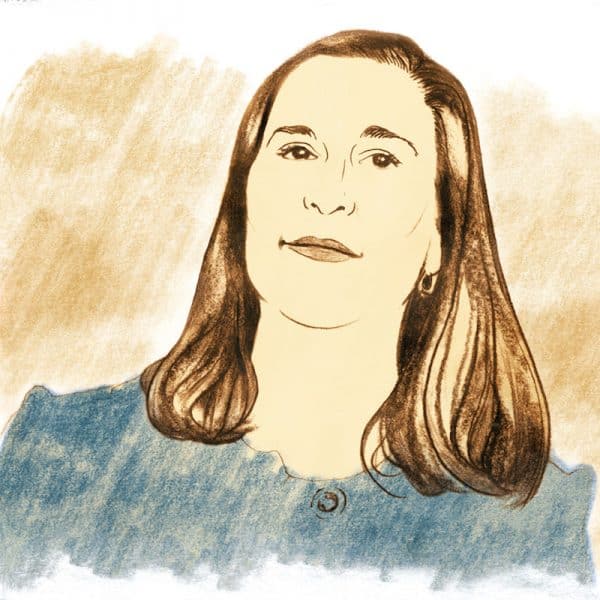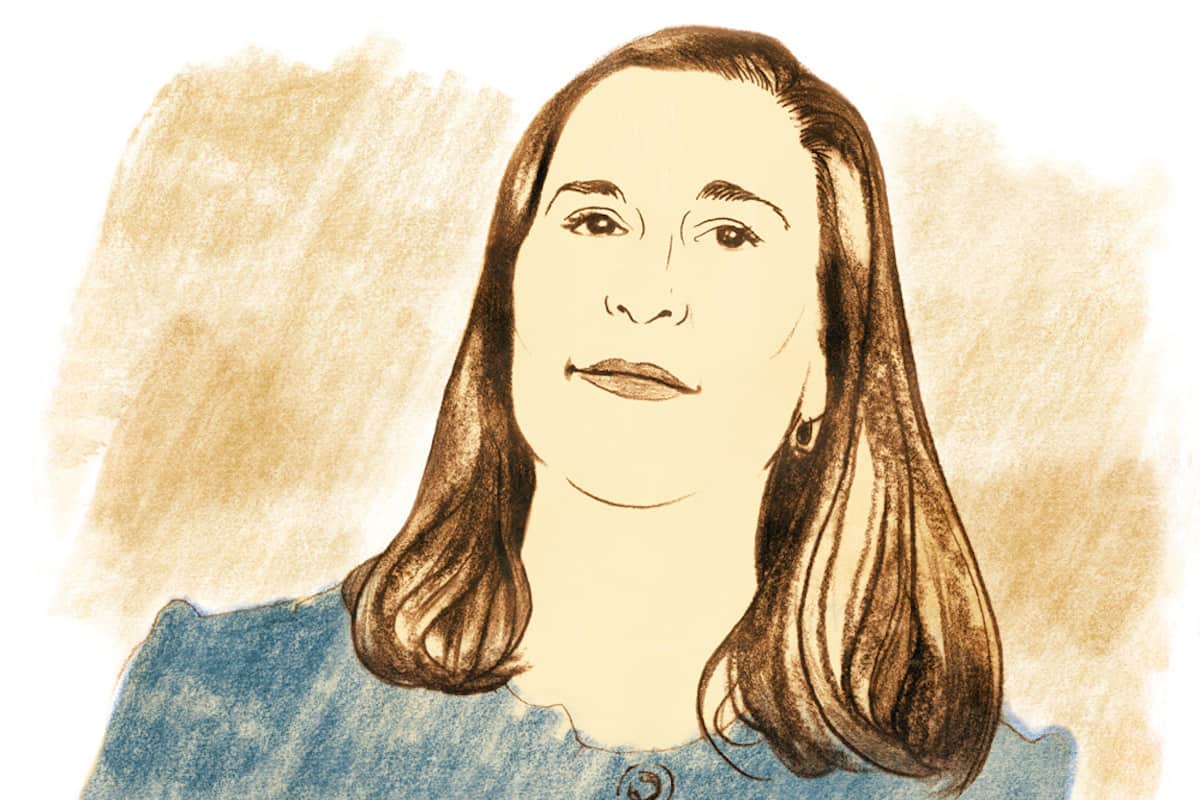Boston’s new chief of arts, Julie Burros, on culture, funding, world premieres, public art, and more
Julie Burros came from Chicago late last year to be Boston’s first arts commissioner since the 1970s. Her interviewer, Graham Wright, is an opera singer and the founder of arts networking community Opus Affair. This is the first of our series of conversations with New England arts leaders.
Graham Wright: What does it mean for the city of Boston that there is now a cabinet-level position for arts and culture?
Julie Burros: The significance is that I report directly to the mayor, and I sit at the same table with all of the other leaders of the city. [That] fosters collaborative projects to leverage the power of arts and culture to do the business of the city in better ways. One of the big missions of my department is to elevate the work of Boston’s creatives and to incorporate their creative approaches into government work. Mayor [Martin] Walsh doubled the municipal funding for grant making in 2015, and then doubled down in 2016. We’re getting there.
GW: What is the state of public art in Boston right now?

Illustration by Rachell Sumpter
JB: I’m hearing from a lot of people that there’s a desire for something new, something big and iconic. We don’t seem to have that. Boston is a physically tight city that doesn’t have lots of spaces. That’s why [Janet Echelman’s fiber art] piece on the Greenway has been particularly exciting and successful—I think because [the Greenway] is a new, fairly large open space right in the middle of downtown. I am a big fan of temporary public art, because it brings new vitality, new energy, [and] new approaches to spaces. And the beauty of temporary public art is that if you don’t care for one piece one particular year, it’s going to go away.
GW: There are a lot of enterprising artists here. What are some obstacles getting in their way?
JB: What I’m hearing from artists in Boston is that obviously it’s a very expensive city. So they don’t have a lot of options for finding housing, work space, exhibition space, [or] places to perform. They don’t feel they have the ability to move forward on their own steam. I think that grant making to individual artists could be one way to help them gain agency.
GW: How do you see arts serving the city economically?
JB: There’s a big idea that really informs the city’s whole cultural plan, and it’s called creative capital. The concept acknowledges that everybody has in them a desire for creative expression. Most people do something creative, whether they do it professionally or avocationally or as a hobby. It is truly an asset collectively for the whole city. By supporting our creative capital, we actually improve economically as a city.
GW: You know, in years of hosting arts networking events, it’s amazing how many times I would meet somebody who’s a software developer or an engineer, a physician, or an attorney, who would say something like, “Oh, I don’t have any connection to the arts.” And we get talking, and it turns out, “Oh, you know, I took ballet lessons for 20 years.”
JB: And they sing in three choruses. I’m like, what?
GW: How do you factor into Boston’s arts and culture ecosystem the whole range of nonprofit organizations, large and small?
JB: There is a tremendous number of nonprofits. I think one of the measures of vitality isn’t necessarily how many organizations make it to what level or that kind of thing. Maybe one of those measures is new works. I’ve been so thrilled since I’ve been in Boston at how many world premieres I’ve gotten to go to. Maybe that’s the new normal, that Boston is now this hotbed of new work creation and world premieres.
GW: Have you discovered any hidden gems in the Boston cultural scene?
JB: Oh, I have little a gem for you: the Poet’s Theatre. The Poet’s Theatre was around in the ’50s, founded by famous poets. I mean, the great, great, poets were involved in this organization. It went defunct, but it’s just been resuscitated. Their first work was a world premiere adaptation of “The Rime of the Ancient Mariner,” called The Albatross. It’s one of the best things I’ve seen since I’ve been in Boston. It was amazing.
GW: All right, so since you’ve been in Boston making your whirlwind tour, have you encountered any performance or art that makes you say, “That’s so Boston”?
JB: Well, it has to be all the choral and vocal ensemble concerts I’ve been to. You know, the oldest organization, the Handel and Haydn Society, is celebrating its bicentennial. They’re the oldest arts organization in the [United States]. I feel like Boston is a city of singers. There are so many choirs and choruses here. Do you know what? There’s this great exhibit at the Boston Public Library that shows that part of being a member [of Handel and Haydn] was, you had to supply the booze. There’s all this ephemera that shows they did a lot of drinking.
GW: Yeah, it was these buddies getting together—the Glee Club. One of my favorite pieces of music trivia is that their name, when they were founded, was to indicate, “We do music as old as Handel and as new as Haydn.” Two hundred years ago, there was a huge difference in everyone’s perception: “Handel is the old stuff, and Haydn is the new hotness.”
JB: Oh my god. That’s too funny.
Follow Julie Burros on Twitter







